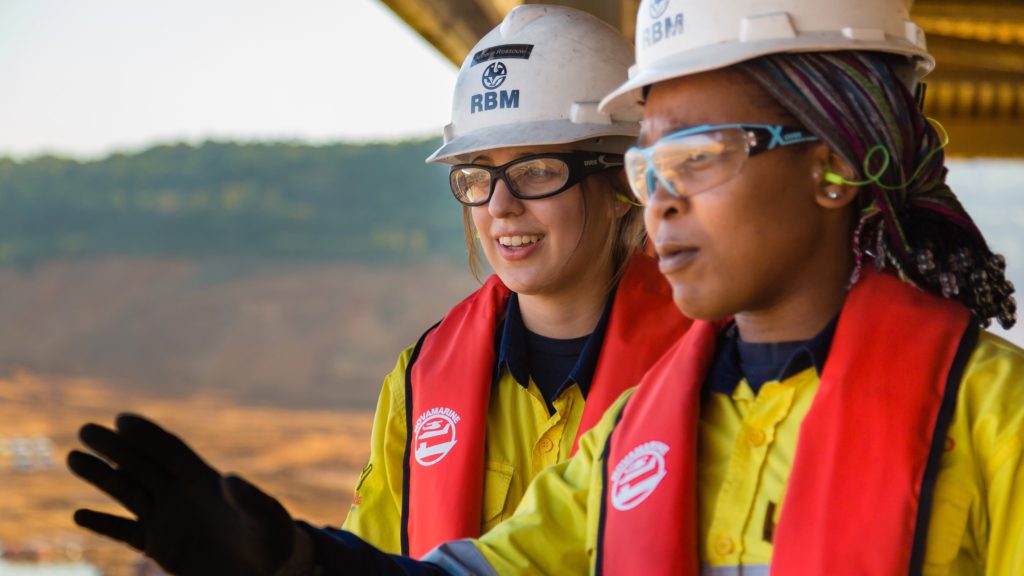Rio Tinto, Boart Longyear receive ‘safe day, every day’ awards at AME Roundup

Keynote speaker Terry Small joined via video and his presentation was focused on explaining how the brain is central to safety, and how mental health challenges such as stress and fatigue can lead to onsite accidents.
About 80% of workplace accidents are caused by human error, Small told the audience.
“A question to ask, every day when we get up, is, “is my brain a safety hazard today?” Small said.
He pointed out that according to ICBC statistics, the daylight savings clock change that results in one hour of sleep lost is linked to a 10% increase in the chances of having an accident.
Small gave the audience tips on optimizing mental health during these challenging times, such as taking short breaks, walks in green spaces, 7-9 hours of sleep each night and a balanced diet. He also emphasized the old adage, ‘you are what you eat’, and advised on foods that are proven to increase brain activity (walnuts top the list).
“If our brain works right, we work right, and the likelihood of having an accident in your workplace goes way down,” he said.
Herman Henning, chief inspector of mines at British Columbia’s Ministry of Mines and Energy gave a keynote address, and said that two years into the pandemic, the Ministry has seen an uptick in mineral exploration in British Columbia.
“I am happy to say I have seen so many fantastic things happen, especially on the exploration front, which is the first step [toward] getting a new mine,” he said.
“I am proud to say that mining remains one of the safest industries in BC. We have a safety rate of 1.4 for 2020.”
Henning said the 2021 number is still being verified, but noted it is “significantly low”.




